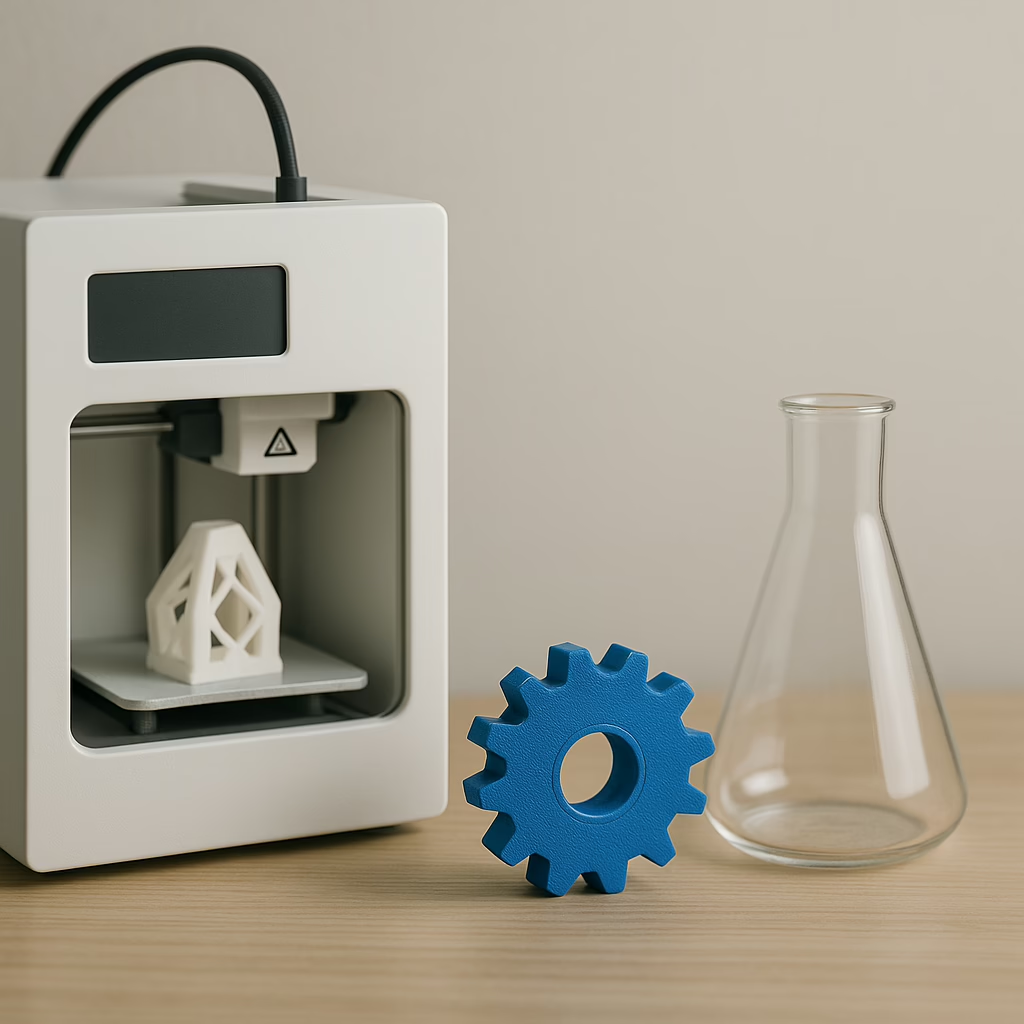3D printing has come a long way from its origins as a niche hobbyist pursuit. Today, it’s a vital tool across various industries in the UK, from aerospace to healthcare. But what makes it so crucial? Simply put, 3D printing allows for rapid prototyping, customisation, and efficient production, which are invaluable in a fast-paced market.
The Evolution of 3D Printing Materials
One of the significant advancements in 3D printing is the development of new materials. Companies like Formlabs and Protolabs are at the forefront, offering a range of high-performance materials that cater to different needs. For instance, Formlabs’ introduction of Color Resin V5 allows for custom colour parts, while True Cast Resin is perfect for detailed casting patterns. These innovations mean fewer print failures and more precise outputs, which is a game-changer for professionals relying on consistent quality.
Protolabs has also expanded its material offerings with Tough Black and Ceramic-Filled options. These materials are designed to withstand more demanding conditions, making them ideal for industries such as automotive and aerospace. The ability to choose from a variety of materials means that UK professionals can tailor their 3D printing projects to meet specific requirements, ensuring both durability and functionality.
Applications Across Industries
The versatility of 3D printing is evident in its wide range of applications. In the medical sector, for example, 3D printing is used to create custom prosthetics and implants, offering patients more personalised healthcare solutions. The aerospace industry uses 3D printing for rapid prototyping and the production of complex parts that would be challenging to manufacture using traditional methods.
Consumer electronics and automotive industries also benefit from 3D printing. By enabling rapid prototyping, companies can quickly iterate on designs, reducing time to market. This agility is crucial in maintaining a competitive edge, especially in industries where technology evolves rapidly.
The Role of Design and Engineering Support
Design and engineering support are critical components of successful 3D printing projects. Protolabs, for example, offers extensive resources for manufacturability analysis and design support through tools like the Design Cube. This support helps professionals optimise their designs for 3D printing, ensuring that the final product meets all necessary specifications and quality standards.
Additionally, partnerships with organisations like NASA highlight the importance of collaboration in advancing 3D printing technologies. These collaborations can lead to innovations that push the boundaries of what’s possible, opening new opportunities for UK professionals to explore.
DIY and Customisation: The Rise of the Home Lab
For those interested in a more hands-on approach, building a DIY drone using 3D printing is an exciting project. The benefits of customisation over off-the-shelf models are clear: you can tailor every aspect of the drone to suit your specific needs, from the frame size and shape to the choice of materials.
A detailed guide can walk you through the process, from selecting components to optimising the design for strength and weight. This level of customisation is not just limited to drones; it’s applicable to a wide range of projects, making 3D printing an invaluable tool for home lab enthusiasts in the UK.
Final Thoughts
3D printing continues to revolutionise how we approach manufacturing and design. With ongoing innovations in materials and applications, its role in various industries is only set to grow. For UK professionals and home lab enthusiasts alike, staying abreast of these developments is crucial to leveraging the full potential of 3D printing. Whether you’re in aerospace, healthcare, or tinkering in your home lab, the possibilities are as expansive as your imagination.









